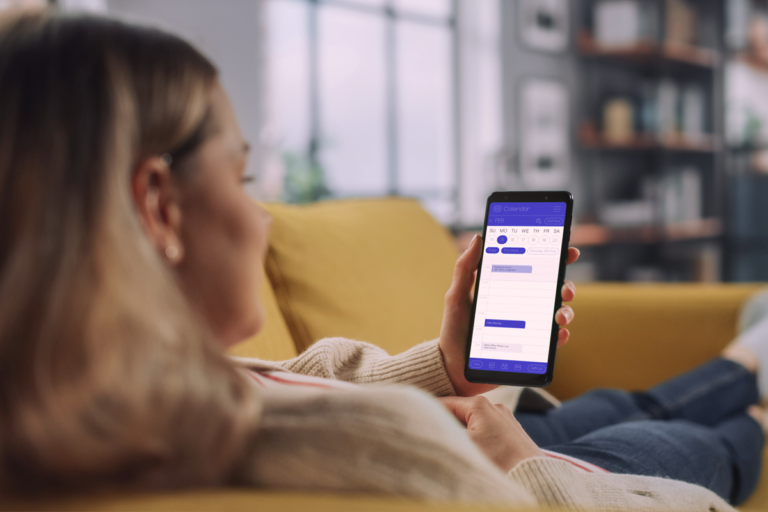Every time a patient doesn’t turn up for an appointment, it’s costing more than just your frustration.
What might seem like a minor inconvenience is actually costing your business lost revenue and resources. So, why do patients miss appointments? And how can you reduce it?
No-shows vs cancellations
A no-show is a patient who did not appear for their scheduled appointment but also did not cancel the booking, often occurring without any prior communication with the practice.
This differs from a cancellation, where a patient will call ahead of time to inform the clinic that they will not be available to attend their appointment. However, this approach enables staff to fill the cancelled appointment from the waitlist and make the best use of their resourcing and time.
What is the cost of a patient appointment no-show?
To determine the impact of no-shows on your clinic revenue, you can multiply the average of no-shows per day by the cost of a consultation. You can then multiply this by a year to determine annual lost revenue.
See our formulas below
- Weekly = (# no-shows per day x consultation price) x 7 (or however many days your clinic is open)
- Monthly = weekly lost no-show revenue x 52 / 12
- Yearly = weekly lost no-show revenue x 52
Do the math – if you have an average of two no-shows per day and your consult price is $95, the lost revenue could be as much as $950 per week. In a year, that equates to over $45,000 in lost revenue.
Apart from the financial implications of no-show patients, there are also other consequences of this patient behaviour. This repeated lack of patient no-show can also impact staff satisfaction, morale, workflow, and resourcing within your team.
Why are patients missing their appointment bookings?
According to a study, the primary factor for a no-show is patients forgetting about their appointment booking (36%) followed by work-related issues (17%), not being notified by the clinic (9%), lack of transportation (6%), and child-care related issues (2%).
Many of these reasons can be prevented easily by being proactive, so you can improve your revenue stream, workflow, employee efficiency and patient satisfaction.
How do you reduce patient appointment no-shows?
1. Set up automated reminders using SMS, email or digital booking systems
One of the most common causes for missed appointment bookings is the patient forgetting the appointment was even made. This can be fixed by setting up reminders for your patients at each stage of their care journey:
- Initial booking
- 2 days prior to the appointment (you may want to adjust this based on your cancellation policy)
- 24 hours before the appointment
Genie and Gentu both have built-in two-way SMS, so you can send patients reminders easily and allow patients to reply “y” or “n” to confirm/reject an appointment.
Genie also has an add-on available with Specialist Bookings powered by HotDoc which has virtual appointment reminders. Both options can notify your patient of their appointment time and date using their preferred communication mode such as email or SMS (or both). This can be automated with a personalised message from your practice. You can also send automated reminder emails at the 5-day and 24-hour mark to ensure your patient is reminded of their appointment, and provide further details such as how to get there, parking, and transportation routes.
Furthermore, if a patient does miss an appointment with no cancellation, it is important to call them about rescheduling their appointment. Alternatively, an automated email after the scheduled appointment time following up with the intent to reschedule can also assist in this. This ensures an appointment and the consultation cost incurred can be recovered at a later date.
Why go to the effort of reminding patients?
A simple reminder can go a long way in reducing your patient no-show rates and provide a better experience to patients, so they’re more likely to refer your practice to friends and family.
2. Clearly define cancellation and no-show policies and strategies
It is also important to create a proactive schedule for your practice. This involves keeping a waitlist to fill open gaps and appointments resulting from no-show patients. Additionally, including a written missed appointment policy and charging a small nominal fee for missed appointments provides incentive to the patients to attend their booked consultation time.
Providing an incentive for pre-paid appointments such as a small discount can also assist in boosting appointment attendance, due to the financial investment from the patient.
Another policy to consider is patient check-in 15 minutes prior to the appointment, providing a buffer for over-time consultations and patients who may be running late.
These are easy solutions to implement within your practice to reduce no-show patients, improve your overall service offering and nurture patient relationships.
If you want to further automate your practice management software, contact us.
